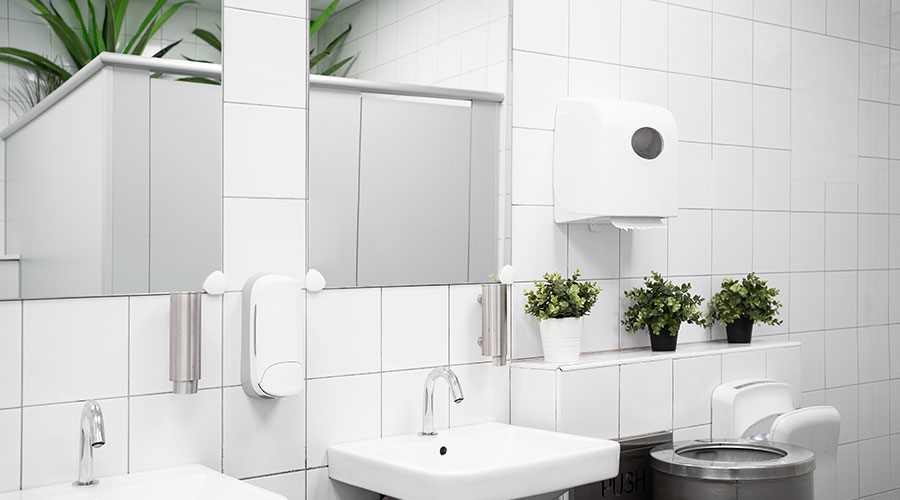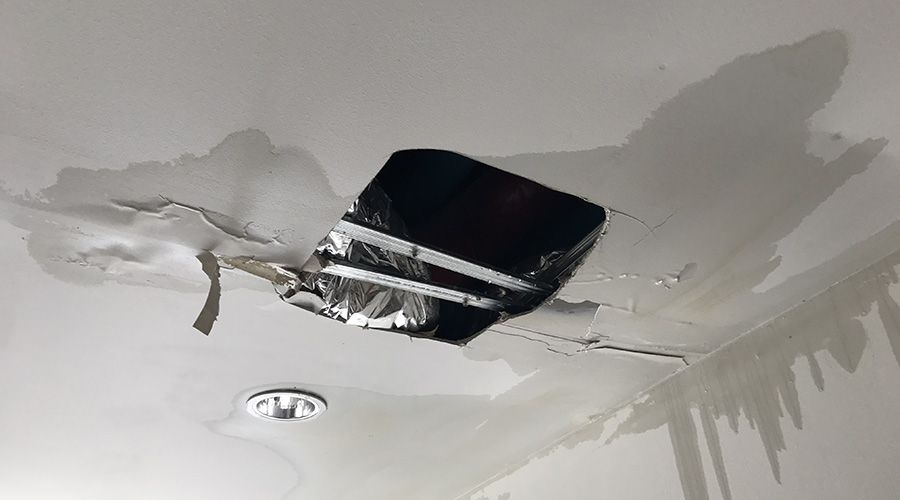Drain Cleaning: Training Discusses Safety and PPE
Statistics show as many as one in four service calls require a second trip, and some require third and fourth trips before the problem is resolved. These figures demonstrate the importance of training for pipeline inspection and repair. Now consider this fact: The best plumbing service companies provide 150 hours of training for even their highly experienced technicians.
Training includes elements of safety and technical know-how. As with any manual or power tools, drain-cleaning equipment is designed to convert potential energy into kinetic energy. Sometimes, the conversion takes place very rapidly, as when a technician starts unwinding or rewinding coiled cable to move augers or inspection devices into and out of drains, or when suddenly breaking through a blocked area in a pipeline.
Handling the equipment properly and with due consideration for safety is important. The energy stored in the equipment needs to be under control at all times, so it is important that technicians wear personal protective equipment (PPE) and understand the equipment and its operation thoroughly before trying to use it.
The first line of defense is proper PPE. Safety glasses with side shields or goggles are a must, as are impervious, heavy-duty gloves.
When properly used, pipeline inspection and diagnostic tools are very safe and effective. Technicians should receive training on checking equipment before and after use. Pre-operation checks include ensuring all safety devices are in place and working and that the tool operates properly. Post-operation checks include cleaning the equipment, oiling cables, and checking for broken cable strands.
In addition to typical operation and maintenance manuals, training aids now include many books, slide and video courses, and demonstration disks that show proper preparation, use, and storage. Managers also can customize training by using their own captured images or videos to show actual applications.
Using an image recorder or transferring a video to a computer pays big dividends when incorporated into training. This approach also shows the student the situation they will see when they inspect specific drain systems, and they can see the drain's appearance when it is clear of clogs. Technicians can compare this stored image with the on-screen image during an actual current-condition assessment to evaluate deterioration over time.
With this information, technicians can recommend the frequency of future inspections to make sure pipelines are cleaned in a timely manner, avoiding costly drain backups and potential damage to assets.
Related Topics:














